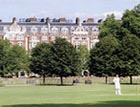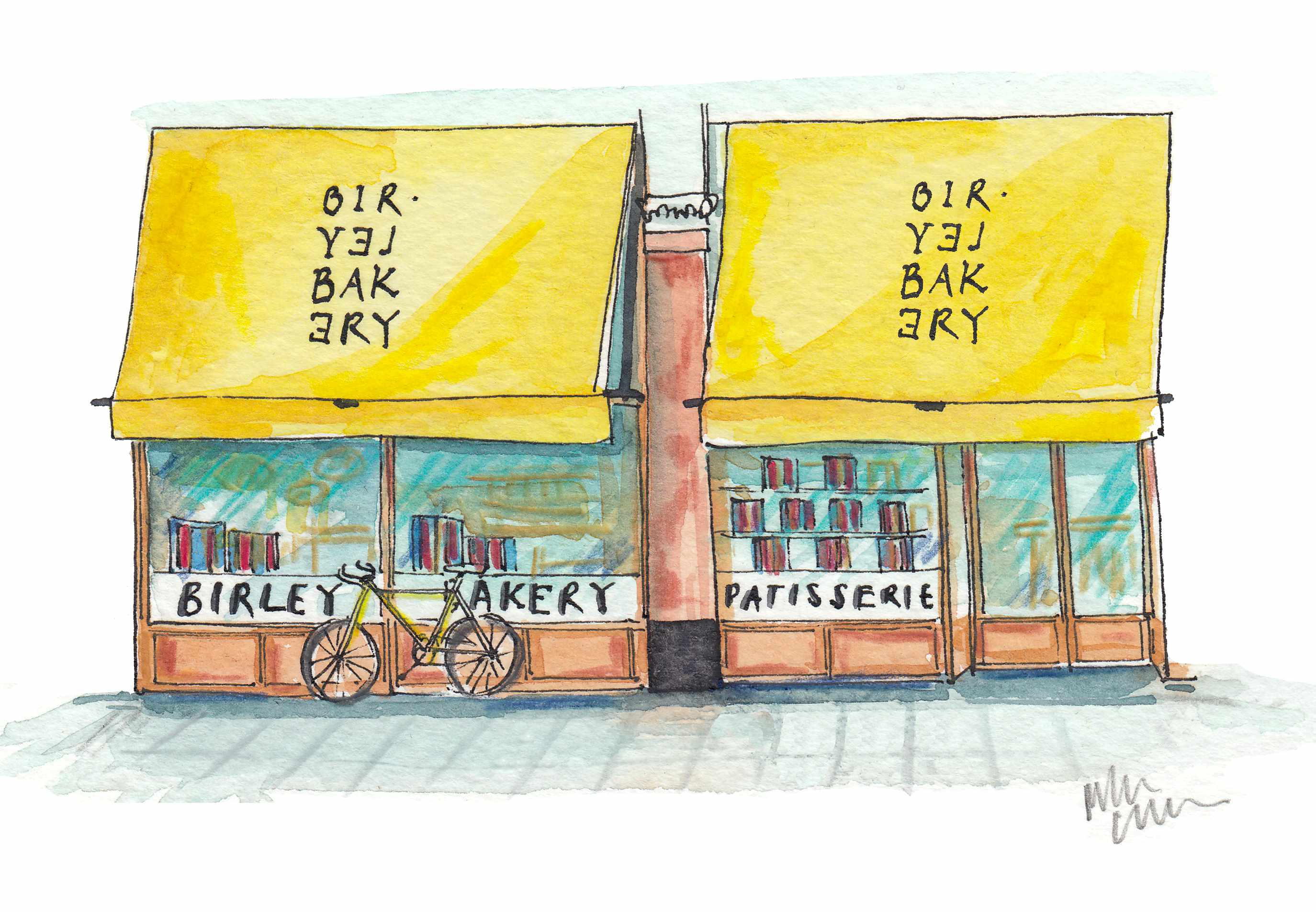Rising From The Ashes
If you were inspired by England’s recent victory against Australia, you may find these elegant London properties with cricketing connections extremely tempting


England?s Ashes victory has sparked a new enthusiasm for the country?s national game. And just as London?s successful bid for the 2012 Olympics already has property developers in the East End rubbing their hands in glee, why shouldn?t houses with cricketing connections in the West End of London also benefit from the general euphoria?
For 50 years or more, until his death in 2001 at the age of 93, Wandsworth House on East Hill, SW18, was the home of cricketing legend Alf Gover who ran an indoor cricketing school from an industrial shed behind the house. West Indies cricketers Viv Richards, Ian Bishop, Andy Roberts, Gary Sobers and Brian Lara were among many international stars who honed their skills under Mr Gover?s watchful eye.
But the years took their toll on his rambling, Grade II*-listed Georgian house, and it was in poor condition when, in the early Nineties, it caught the eye of developer Robert Lance-Hughes, an architect by training, who finds himself drawn to ?sad places with a hidden quality?.
The oldest part of Wandsworth House dates from about 1680, and its design, reminiscent of the Huguenot houses of Spitalfields, suggests that it may have been built for a Huguenot merchant. It was substantially enlarged in about 1735, with a large bay window added at the back in the 1780s. In the late 18th century, it was a boarding school for ?17 young ladies of good repute?.
The recently completed five-year restoration programme supervised by English Heritage has been a ?totally uneconomic project?, Mr Lance-Hughes admits cheerfully, but he is happy that the setting of this historic building has finally been restored.
Currently used as a location for period films and television commercials, Wandsworth House has three reception rooms, a study, a kitchen, seven bedrooms, three bathrooms, further rooms and a vaulted wine cellar on the lower ground floor, plus loads of ?won-derful wasted space?. It is on the market through Douglas & Gordon (020?7924 2000) at a guide price of £2.295 million for the freehold.
This article was originally published in Country Life magazine, November 3, 2005. To subscribe click here.
Sign up for the Country Life Newsletter
Exquisite houses, the beauty of Nature, and how to get the most from your life, straight to your inbox.
Country Life is unlike any other magazine: the only glossy weekly on the newsstand and the only magazine that has been guest-edited by HRH The King not once, but twice. It is a celebration of modern rural life and all its diverse joys and pleasures — that was first published in Queen Victoria's Diamond Jubilee year. Our eclectic mixture of witty and informative content — from the most up-to-date property news and commentary and a coveted glimpse inside some of the UK's best houses and gardens, to gardening, the arts and interior design, written by experts in their field — still cannot be found in print or online, anywhere else.
-
 'That’s the real recipe for creating emotion': Birley Bakery's Vincent Zanardi's consuming passions
'That’s the real recipe for creating emotion': Birley Bakery's Vincent Zanardi's consuming passionsVincent Zanardi reveals the present from his grandfather that he'd never sell and his most memorable meal.
By Rosie Paterson
-
 The Business Class product that spawned a generation of knock-offs: What it’s like to fly in Qatar Airways’ Qsuite cabin
The Business Class product that spawned a generation of knock-offs: What it’s like to fly in Qatar Airways’ Qsuite cabinQatar Airways’ Qsuite cabin has been setting the standard for Business Class travel since it was introduced in 2017.
By Rosie Paterson